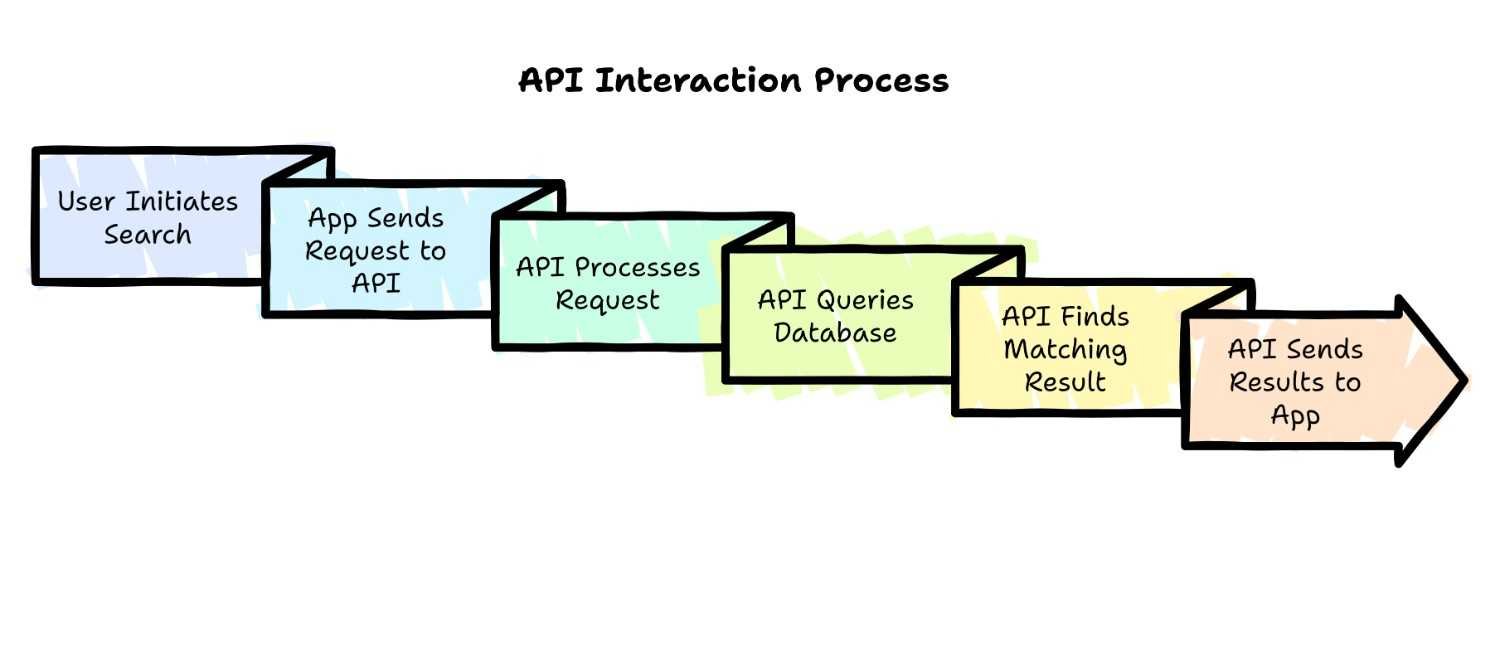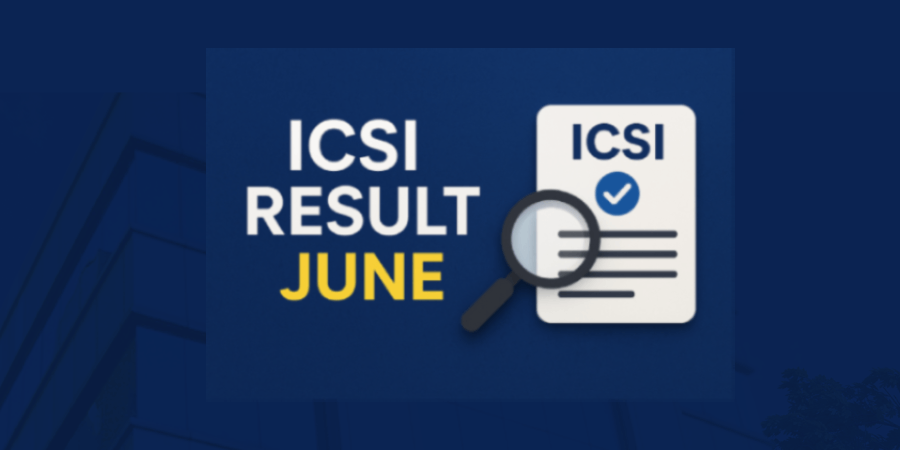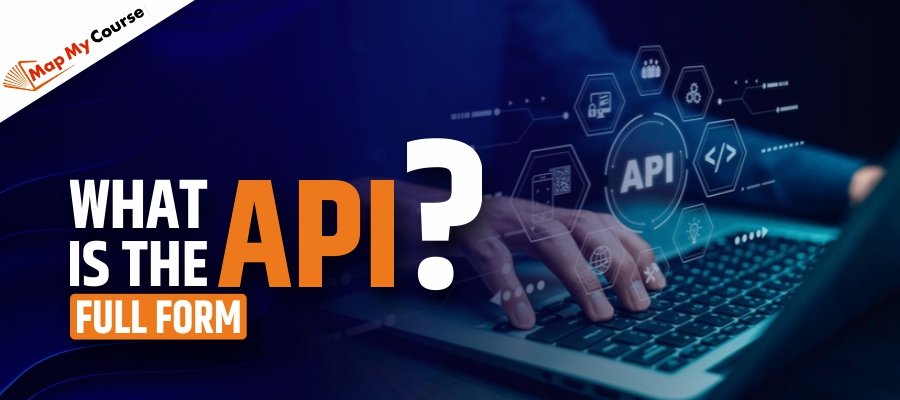If you have ever used a smartphone app and ordered food online or have browsed something on the website. There is a huge chance that you have interacted with an API without realising it.
But have you ever thought about what is an API? What is the API full form? The full form of API is an Application Programming Interface. API is a connection between computers or computer programs. This software interface offers services to other pieces of software, which means it opens a software system to interactions from the outside.
Here, we will discuss APIs more, such as how they work and how they are so important. No matter whether you are a beginner or just curious about it. This guide will help you to understand the basics of APIs.
What Is The Full Form Of API?
The full form of API is an Application Programming Interface. In simple API is the set of rules that allows different software applications to communicate with each other.
The word “Application” means software or apps, such as WhatsApp or Instagram. “Programming” means the code that makes the app function, and “Interface” is the way these apps or systems interact with one another.
What Is API?
API (Application Programming Interface) is a set of rules that enables different software applications to interact with each other. It means an API acts like a messenger that sends requests and gets responses between systems. For example, when you order food via a food delivery app, the app uses an API to fetch details about the restaurant from another system and then shows it to you.
In simple terms, an API helps different apps, websites and services to work together and share data to make the digital experience smoother.
What Are The Different Types Of API
- Public API: Also known as Open APIs, these are available for anyone to use. Developers can access them without restrictions, often by signing up for a key. For example, the Google Maps API is a public API that lets apps add maps to their features.
- Partner API: This type of API is usually shared with specific business partners. At the same time, they are not open to the public but are used to facilitate collaboration between companies. For example, a payment gateway like Razorpay might provide a partner API to e-commerce platforms.
- Private APIs: This API is used within a company to connect their systems. For example, a company might use a private API to connect its mobile app to its database and backend services.
- Composite API: Composite API combines multiple APIs into one, and allows to fetch data from several sources via a single request. This is useful when you need to perform multiple tasks simultaneously, like retrieving user details and their order history in one go.
- GraphQL: GraphQL is a modern API that allows clients to request exactly the data they need, no more, no less. It is different from traditional API, which sends fixed data, and GraphQL provides more flexibility and efficiency. For example, it’s widely used in apps like Facebook to optimize data fetching.
- JSON-RPC and XML-RPC: This API allows one system to execute functions on another system. JSON-RPC uses JSON for data exchange, while XML-RPC uses XML. These are less common today but were popular in earlier web services.
- REST: REST (Representational State Transfer) is one of the most popular APIs. To exchange data, it uses simple HTTP methods like GET, POST, PUT, and DELETE. This API is lightweight, easy to use, and works fluently with modern apps.
- SOAP: SOAP (Simple Object Access Protocol) is an older, but more strict protocol that uses XML to fetch data. It is highly secure and often used in industries like banking and healthcare where data privacy is important.
How API Works?

- User Initiates Search: It all starts when you open an app and search for something on it, for example, you are searching for weather or nearby restaurants. In the first step, you are just commanding the app to get you some information.
- App Sends Request to API: After receiving the command from you, the app sends a request to an API, and then the API acts like a helper sending out a request to find the data you commanded.
- API Processes Request: After getting a request from your side, it takes a few seconds to understand what you are asking before sending you the result.
- API Queries Database: The API then goes to the database or service to fetch information. For example, if you ask for the weather, the API checks the weather service to get the current temperature.
- API Finds Matching Result: Then the database gives requested information to the API, Whether it’s the temperature or the list of nearby pizza places, the API now has what you need.
- API Sends Results to App: At the final stage, the API sends data to the app which is then shown to you. Now, you can see the information which you have requested on the app.
Importance Of API In Software Development And Business
- Improved Efficiency: API enhances efficiency and makes things work faster. Instead of building every feature from scratch, with APIs apps can use existing ones. For example, instead of creating a map system, an app can use a map API like Google Maps.
- Reduced Errors: API decreases the chance of making mistakes. Because they are already tested and reliable, developers need to worry about errors while using them. For example, using a payment API means you don’t have to build a complex payment system yourself, thus, it reduces the risk of mistakes.
- Increased Productivity: while working with APIs developers don’t need to create anything on their own so they work faster, hence it increases productivity and also allows developers to focus more on building the unique parts of their app.
- Interconnected Systems: API makes it easy for different apps or systems to work together on a similar platform. For example, a shopping app can use an API to connect to payment systems, inventory systems, or delivery services.
- Cost Efficiency: API can save money. Instead of paying for custom-built features, businesses can use existing APIs. For example, using a payment API like PayPal costs less than building a payment system from scratch.
- Scaling and Growth: API helps to grow businesses. As business expands, it can easily add new services or features by connecting to different APIs. For example, an online store can start with one payment service and later add more payment options through APIs.
- Better User Experience: API also improves the experience for users. With the help of API, apps can quickly add useful features like live chat, real-time data, or social media login. These features make the app make the user experience better for customers.
- Innovation: Businesses can try new things with API. Businesses can quickly add cool new technologies like AI or machine learning to their apps by using it.
The Future Of API In The Global Market
In the future, API will be the key component in business and technology growth. APIs will make different apps and systems work together for a similar goal. In the E-Commerce sector, it will improve things like online shopping, payments and real-time services.
API can enable businesses to use powerful technologies like AI and machine learning without needing to build any software from scratch, and it also helps small startups compete with large businesses by giving them access to new tools.
Security becomes important when a large amount of data is being shared. Stronger protections will keep information safe. API as a service it makes easy for business to access advanced technology even if they lack large technical teams.
APIs will make it easier for businesses to innovate, scale, and offer better services, connecting systems and improving user experiences.
You May Also Read
Take Away
APIs are transforming modern digital services, helping different software to communicate with each other. APIs play an important role in making apps work faster, more efficient and more accessible to the user.
In the business sector, API opens possibilities for growth innovation and scalability. Also, with the help of APIs, small businesses can access powerful tools to enhance their customer’s experience on apps they have created. As technology evolves, APIs will continue to shape the future by connecting systems to increase productivity and work efficiency in a very cost-effective way.
Frequently Asked Questions
Q.1 What is API?
Ans. An API is a set of defined rules that enables different software systems to communicate with each other.
Q.2 What is the purpose of API?
Ans. The purpose of API is to enable communication between different software systems, allowing them to exchange data and services.
Q.3 How do APIs work?
Ans. APIs work by sending requests from one system to another and receiving responses in return.
Q.4 Is API a programming language?
Ans. No, API is not a programming language. It’s a set of defined rules that enables communication between software systems.
Q.5 What are some common examples of APIs?
Ans. Some common examples of APIs include social media APIs (e.g. Facebook, Twitter), payment gateways (e.g. PayPal, Stripe), and mapping APIs (e.g. Google Maps).


















